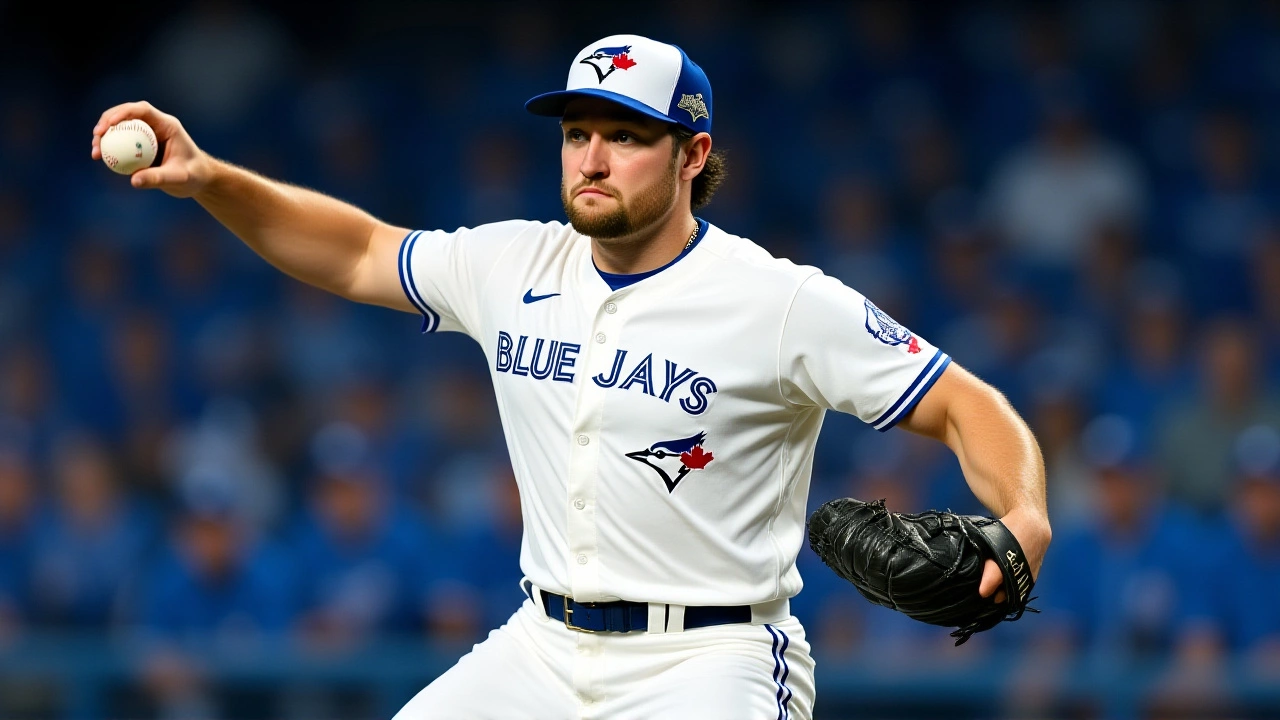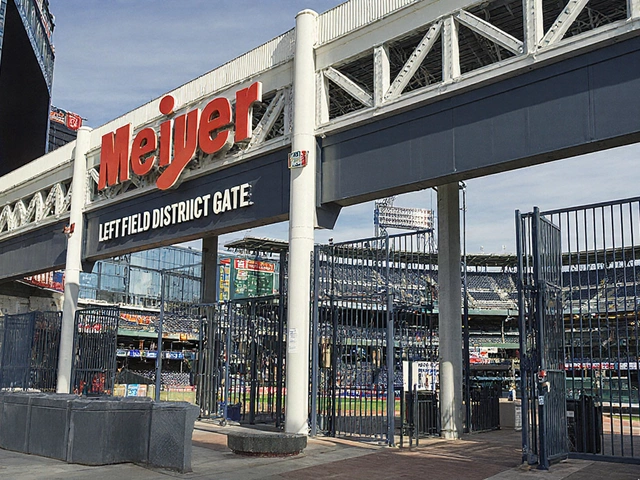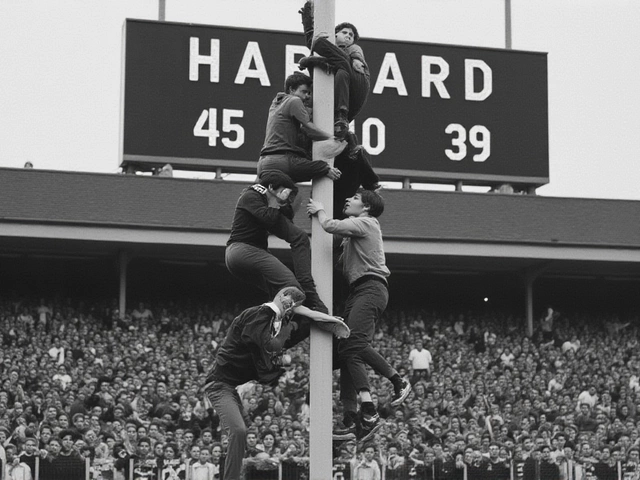When Trey Yesavage, a 22‑year‑old right‑hander from Boyertown, Pennsylvania, took the mound at Rogers Centre on Oct. 24, 2025, the atmosphere buzzed with a mix of excitement and disbelief. The rookie’s Game 1 start in the World Series marked the first time a player with just three regular‑season appearances would open baseball’s biggest stage, and his performance helped the Toronto Blue Jays blast an 11‑4 victory over the Los Angeles Dodgers.
How a Single‑A Pitcher Reached the Show
The journey began in the heat of Dunedin, Florida, where Yesavage logged his first professional outings with the Single‑A Dunedin Blue Jays. By mid‑season, his 98‑mph fastball and devastating splitter earned him a promotion to the big club. On May 7, he made his MLB debut, and three weeks later he was thrust into the postseason rotation after the club’s ace fell short.
Toronto announced his Game 1 slot on Oct. 23, 2025, citing his poise in the ALCS Game 6 win against Seattle. The decision stunned many analysts, but manager John Schneider trusted his gut, noting that the youngster’s “maturity beyond his age” mirrored that of past Blue Jays legends.
Game 1 in Detail
During the 2025 World Series Game 1Rogers Centre, Yesavage delivered four innings of work, allowing just two runs on four hits while fanning five batters—including a dramatic strikeout of Shohei Ohtani on a split‑finger cutter. His velocity dipped about a mile per hour, but he compensated with sharp command and a clever mix of fastballs and his signature splitter, which he threw on only 10 of his 80 pitches.
The Dodgers managed a lone run in the third and another in the fifth, but Toronto’s offense exploded in the sixth, rattling off nine runs in a single inning. The crowd, a packed house of 49,282 fans, roared as the Blue Jays piled on the scoreboard, turning a tentative start into a historic win.
Reactions From Home and Away
Back in Boyertown, the small town that declared Oct. 24 “Trey Day,” high‑school students swarmed the local gym wearing Blue Jays caps, while veteran coach Todd Moyer could barely contain his pride. “I’d have put him in Game 2, but seeing him on the mound for Game 1 is a story I’ll tell my grandchildren,” he said.
Dodgers manager Dave Roberts stayed measured, noting that “the kid showed the kind of grit you expect from a veteran, even if his numbers weren’t perfect.” The Los Angeles clubhouse, meanwhile, began planning a comeback for Game 2, hoping to curb the Blue Jays’ offensive surge.
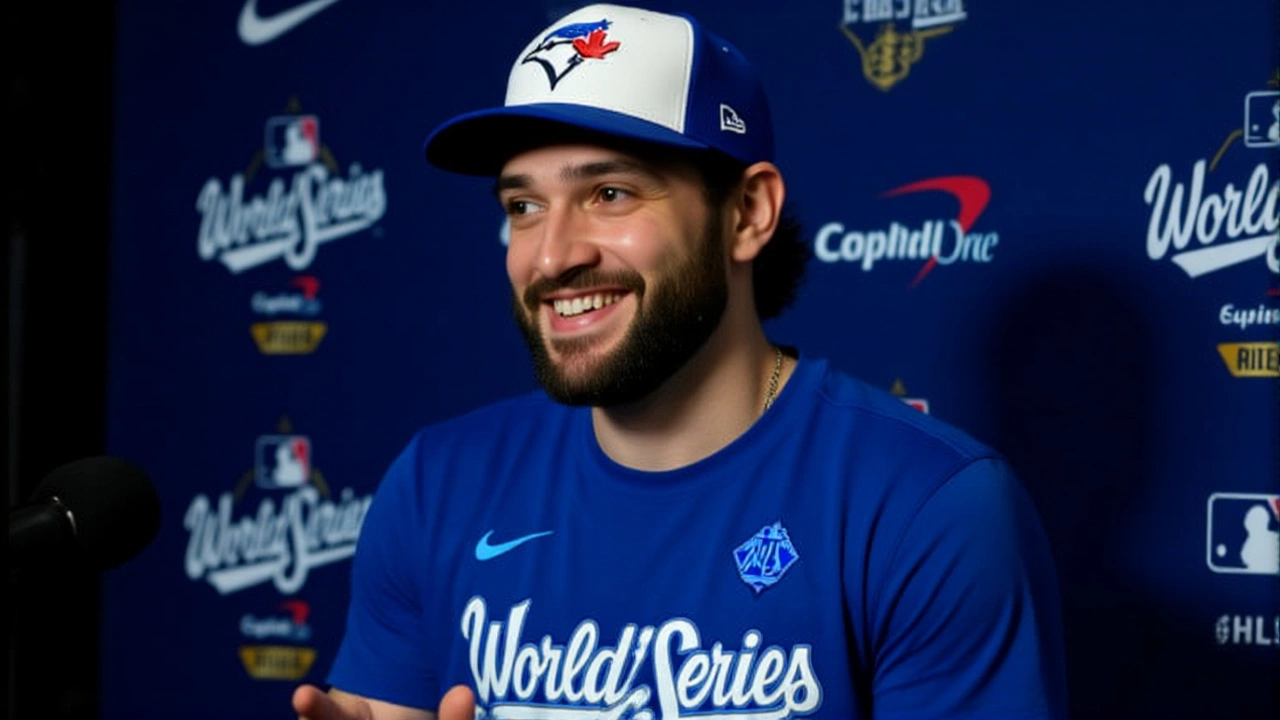
Statistical Milestones and Records
- Yesavage’s five strikeouts brought his postseason total to 27, eclipsing David Price for the most by a Blue Jays pitcher in a single playoff run.
- At 22 years, 88 days, he became the second‑youngest starter in a World Series opener, behind Ralph Branca (21 years, 267 days in 1947).
- The 11‑4 final score marked Toronto’s biggest margin of victory in a World Series game since their 1993 championship.
What This Means for Toronto’s Future
Beyond the win, the start signals a shift in the Blue Jays’ rotation strategy. With ace Kevin Gausman slated to rest after a brief relief appearance, Toronto now possesses a deep, youthful armamentarium. If Yesavage can replicate his postseason dominance, the club could field a five‑pitcher rotation that rivals any in the league.
Analysts also stress the broader market impact. Merchandise sales in Canada spiked 27 % the day after the game, and ticket demand for the remainder of the series surged, suggesting the rookie’s narrative resonates with casual fans and could boost the sport’s popularity north of the border.
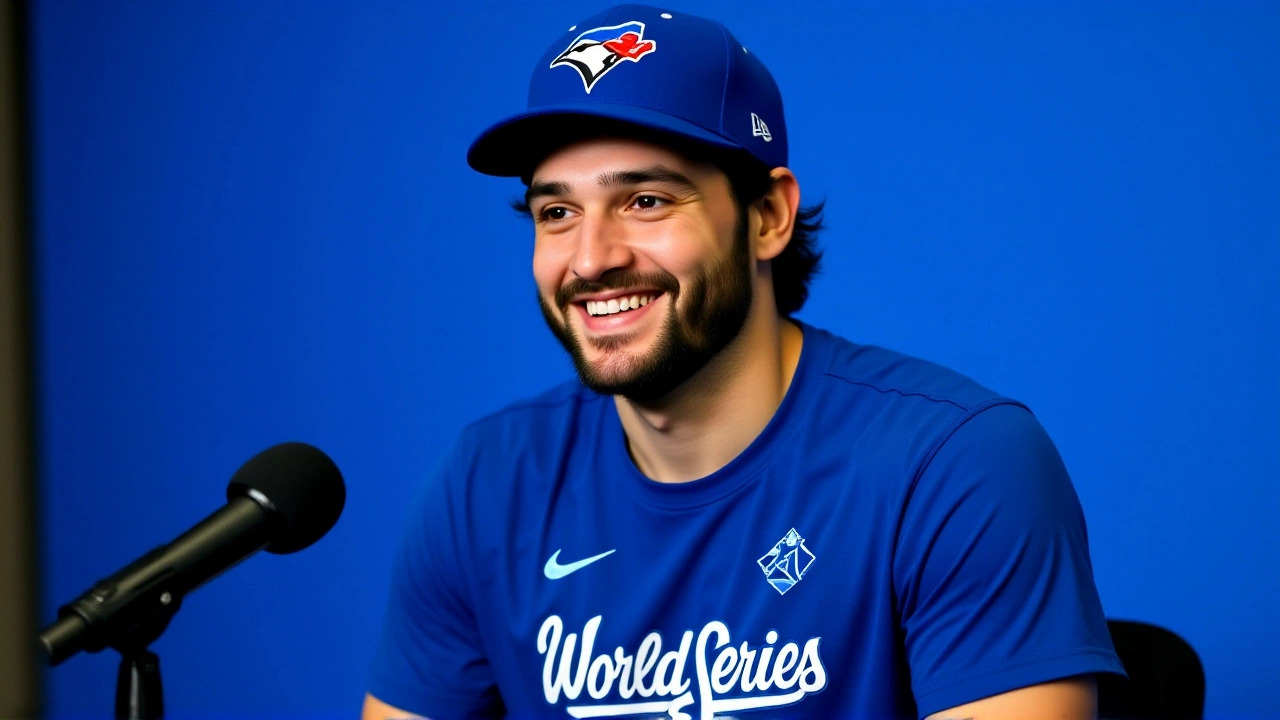
Historical Context: Young Arms in the World Series
The last rookie to start a World Series opener was Jacob deGrom in 2013, but he threw just 62 pitches. Yesavage’s four‑inning, 80‑pitch effort, combined with his high strikeout rate, puts him in elite company. Baseball historians note that youthful starters often bring a “nothing‑to‑lose” mentality, a factor that may have helped Toronto’s early offensive explosion.
Looking back to the 1947 series, Branca’s early strikeout of Yankee greats helped the Brooklyn Dodgers clinch a win, but the team ultimately fell short. Toronto now aims to avoid a similar fate, hoping to cap a 32‑year championship drought.
What’s Next for the Series
Manager Schneider is expected to announce his Game 2 starter tomorrow, likely turning to Gausman on full rest. The Dodgers, still hungry after a disappointing Game 1, will counter with a left‑hander to neutralize Toronto’s power batters. With the series shifting to Los Angeles for Game 3, travel logistics and time‑zone adjustments could play a role in both clubs’ pitching decisions.
Meanwhile, Yesavage has said he’ll focus on refining his splitter and adding a few more fastball variations before his next outing. “It’s a team sport,” he said after the win, “and I’m just glad I could give my guys a chance to win.”
Frequently Asked Questions
How does Yesavage’s start affect the Blue Jays’ rotation plan?
Yesavage’s solid four‑inning performance gives Toronto confidence to keep him in the rotation for the rest of the series. With ace Kevin Gausman on full rest, the club can alternate between veteran stability and youthful energy, potentially fielding a five‑pitcher staff that balances strikeout ability with endurance.
What historical precedent exists for a rookie starting a World Series opener?
The last rookie starter before Yesavage was Jacob deGrom in 2013, though deGrom pitched fewer innings. The youngest ever was Ralph Branca in 1947. Yesavage now ranks second‑youngest, a rarity that adds a compelling storyline to the series.
Why was Boyertown, Pennsylvania, celebrating ‘Trey Day’?
Yesavage grew up in Boyertown and starred at Boyertown Area High School. The town’s council declared Oct. 24 “Trey Day” to honor his historic start, with students wearing Blue Jays gear and local businesses offering discounts on jerseys. It reflects the community pride in seeing a hometown kid reach baseball’s pinnacle.
What does the win mean for Toronto’s chances of ending the 32‑year title drought?
The decisive Game 1 victory puts the Blue Jays up 1‑0 and gives them momentum heading into California. Historically, teams that win the opener in a best‑of‑seven series win about 55 % of the time, so Toronto’s odds have improved, especially with a deep bullpen and a rookie who can handle pressure.
How did the Dodgers plan to respond after the loss?
Dodgers manager Dave Roberts indicated a shift to a left‑handed starter for Game 2 to neutralize Toronto’s power hitters. He also emphasized tightening the bullpen and using small‑ball tactics early to avoid another explosive inning from the Blue Jays.
